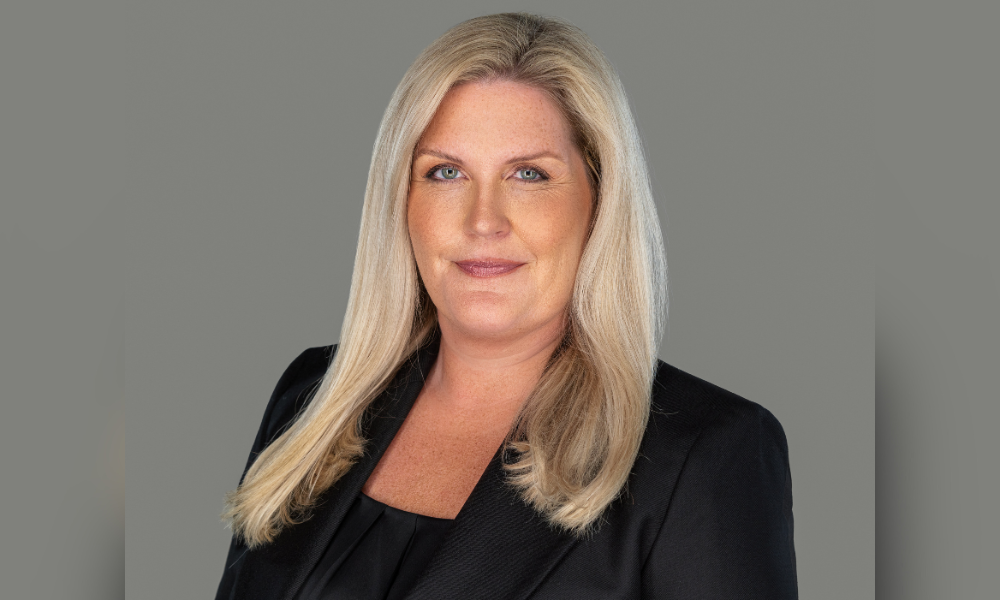Office sector has flipped, but good deals can still be found

When assessing the state of things, it’s best to glean insights from someone on the front lines. Take the commercial real estate sector, for example, which has been on something of a roller-coaster ride given the mercurial economy.
Who to turn to for sound insights? Holly MacDonald-Korth – the newly minted CEO of Korth Direct Mortgage (KDM) – fits the bill. Mortgage Professional America previously interviewed her days after her purchase of 1.1 million shares of company stock catapulted her to single largest shareholder status. For good measure, MPA asked her for insight into the CRE space as well – yielding something of an investment primer gauged against an uncertain economy.
Make no mistake about it, it’s been challenging in these inflation-induced times – even for KDM, which has completed approximately $600 million in balance sheet commercial real estate financing since 2017. And MacDonald-Korth didn’t sugarcoat this reality.
Finding deals that work proves challenging
“The hardest thing for us has been the underwriting at current interest rates,” MacDonald-Korth said. “Most buildings’ financials were not designed to withstand the 520-, 550-basis-point jump in rates from one year to the next. While we have seen our pipeline balloon, especially with banks holding back and credit generally tightening it has just been difficult to get deals to pencil out.”
She provided a hypothetical example: “Where we like a property, we have the sponsor who is going to bring in some cash,” she explained. “We do a debt service coverage-based underwrite, and it’s hard to get deals to cover at the rates that we need to charge for the market and the level of debt that they currently have on the building that they need for the payoff. So that’s been hard, but we are finding deals that work.”
She described the company’s more nuanced approach to office building investments increasingly includes “Sponsors whose banks accounts are more flush and can bring capital to closing,” she said a an example of what KDM looks for in mulling an office deal. “That helps when you’re lowering the leverage. With respect to office, office underwriting has kind of been turned on its head. It used to be when you were looking at an office building, you wanted a bunch of household names, Fortune 500 companies with big footprints as tenants and that has kind of completely reversed.”
She described the new reality: “Now you’re worried about those tenants downsizing at the end of the lease rather than renewing or possibly leaving the building altogether,” MacDonald-Korth said. Now, it’s preferable to look at a building where downsizing already has taken place and/or containing a mix of reliable tenants albeit not of the fancy Fortune 500 variety: “We’re really looking for rentals where the tenants have already downsized or there are new leases that have come on post ’21.”
She also looks for a “granular” mix of tenants: “Accountants, attorneys, dentists, where they need a physical location to meet with clients. They’re pretty sticky tenants,” she noted. “It’s really kind of flipped in terms of what you look for in an office these days.”
Multifamily remains a strong asset class
Asked to point to a strong area within CRE, she referenced the multifamily sector: “Multifamily is really a durable asset class,” she said. “Some of the properties that are coming out of construction that experienced delays due to COVID might be a little overleveraged and have trouble refinancing. But existing properties that need to refinance have already been built or maybe refinancing to get a little cash out to improve the property or something like that I think are very stable and will continue to do well.”
The continuing shortage of available homes helps to boost the multifamily sector, she suggested: “We continue to have a housing shortage in this country, and a lack of affordable housing. While there may be properties that the metrics don’t quite work, I think in general the asset class is strong.”
Other sectors retain their appeal
Other areas the company finds appealing: “Light industrial and owner-user properties continue to be attractive,” MacDonald-Korth said. “And select office and adaptive reuse projects we like also.”
She confirmed reports that retail has made quite a comeback: “I also like shopping strip centers,” she volunteered. “There are some people doing really interesting things with reimagining malls and what you can do with square footage and location. Definitely on a selective basis, but there are a lot of retail strips.”
She described a decidedly old-school way assessing the strength of retail: “When I drive around – and I go all over the country – the parking lots are full at shopping centers! That’s kind of how I gauge how they’re doing.”
Want to make your inbox flourish with mortgage-focused news content? Get exclusive interviews, breaking news, industry events in your inbox, and always be the first to know by subscribing to our FREE daily newsletter.



